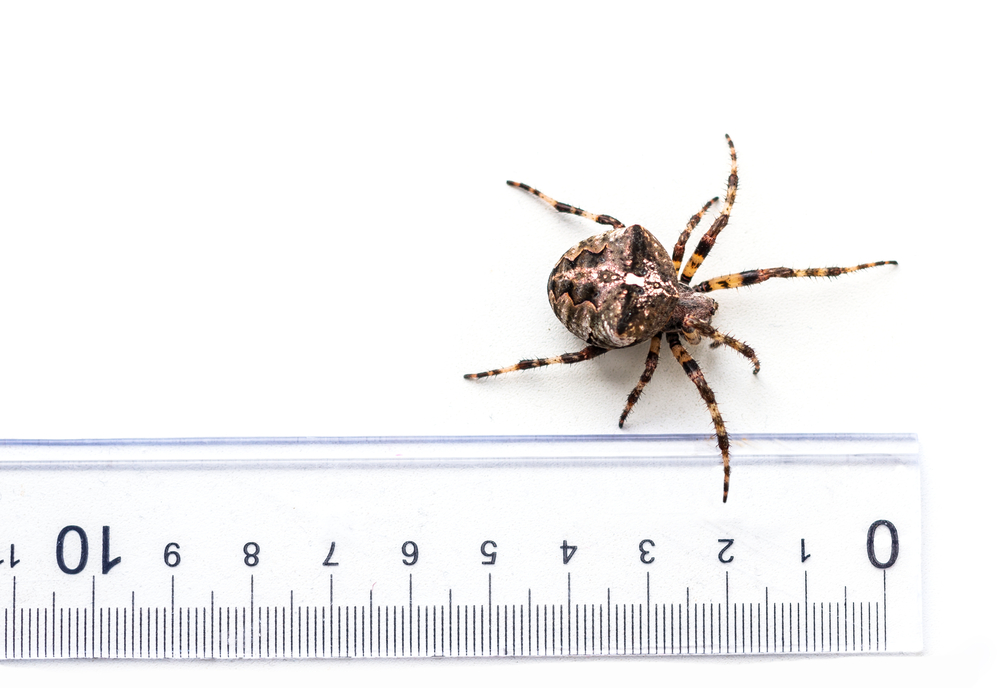For arachnophobes, the nursery rhyme ‘itsy bitsy spider’ may as well be renamed ‘hugely horrible spider.’ A fear of spiders, it turns out according to a new Ben-Gurion University study, also changes the way people estimate spider size.
Dr. Noga Cohen and Dr. Tali Leibovich, then PhD candidates in Prof. Avishai Henik’s Cognitive Neuropsychology lab, noticed a spider crawling on Tali’s desk one day. Tali, afraid of spiders, asked Noga to “take care” of the “big” eight-legged uninvited arthropod.
Noga, on the other hand, couldn’t understand what made Tali so afraid — noting that the spider was so small.
They both saw the same spider but each estimated its size completely differently. To figure out why this happened, they designed an experiment that would measure how fear of spiders affected the perception of a spider’s size.
The results were published in the journal Biological Psychology recently.
Participants in the study were divided into two groups based on their fear-of-spiders level (afraid and not afraid). They were then asked (1) to estimate the real world size of spiders and other animals (presented in pictures) relative to a fly and a rabbit, and (2) to report the unpleasantness each picture made them feel.
The results revealed that participants who were afraid of spiders estimated spider size to be larger compared with participants who weren’t afraid of spiders. In contrast, the size of other animals such as wasps and butterflies were ranked similarly by both groups.

Further analyses showed that size estimation was affected by both the level of unpleasantness and how relevant the animal was to the participant (spiders are relevant to those who are afraid of them).
The study concludes that perception of even a basic feature like size is influenced by emotion, and demonstrates how each of us experiences the world in a unique and different way.
This study also brings up more questions such as: Is it fear that triggers size disturbance, or maybe the size disturbance is what causes fear in the first place? Future studies that attempt to answer such questions can be used as a basis for developing treatments for different phobias.
















